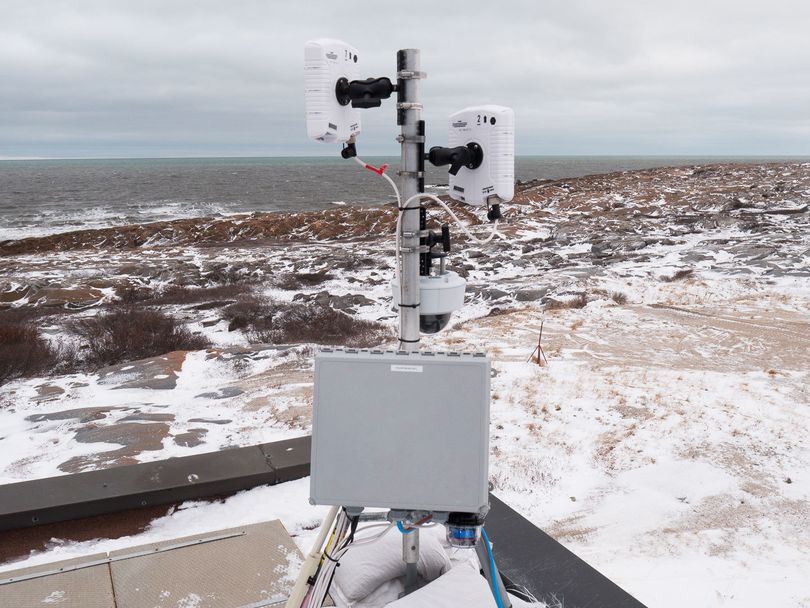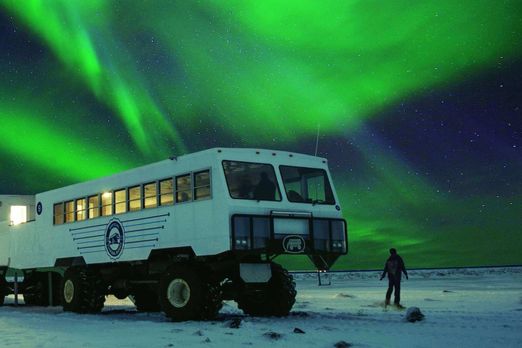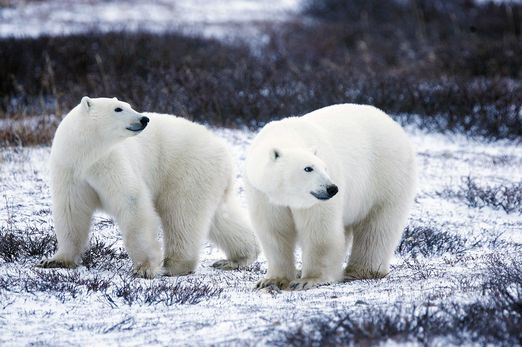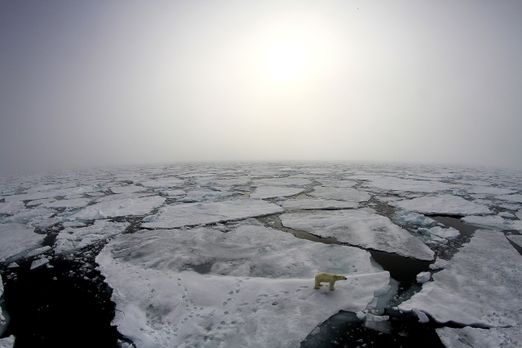Wildlife Conservation
Conservation is at the heart of what we do at Spotter Global

Working with Communities
Spotter Global works with communities of all sizes to Prevent Harm, whether that is to people or wildlife. For example, our team provides custom security solutions that allow people and polar bears to coexist in many regions of the world. Utilizing Spotter radars, we can help keep people and polar bears at a safe distance from each other.
PBI Partnerships
“At Polar Bears International, part of our mission is to be involved with
helping prevent conflicts between polar bears and humans,” said BJ
Kirschhoffer, Director of Field Operations, Polar Bears International. “When
we looked at what Churchill (Canada) was dealing with, we thought it might be a good
match for a camera and radar solution that we observed a few years ago on
the other side of the continent.”

Polar Bears International
The Polar Bears International project is in partnership with Utah's Hogle Zoo and the town of Churchill. Milestone and Spotter radar systems detect polar bears and serve as an early warning system for the Arctic community. If wildlife managers can spot a polar bear as it approaches a town or work station, they will be able to use non-lethal deterrents to drive the bears away, keeping polar bears and people safe.

Integrated Systems
Every year in Churchill, Manitoba, nearly 10,000 tourists visit this small town of 1,000 to view the polar bears that migrate along the shores of Hudson Bay. The impact of modern climate change is forcing many polar bears to wander into populated areas looking for food. Over 300 bear response calls were made in 2016, so city managers and conservationists alike were looking for a way to use technology to safely manage the situation. Alaska-based NMS Security had experience protecting oil pipeline employees from polar bears, so they worked with Milestone Solution Partner Spotter Global to install and fine-tune the use of a video-enabled, intrusion-detection radar system as a solution.

Satellite to Scientists
Since 2003, the WWF Polar Bear Tracker has followed polar bears in different regional areas around the Arctic. WWF uses this tracker to see how polar bears behave, understand how climate change affects their population, and to secure a future for polar bears. To see where the polar bears currently are, follow the WWF Polar Bear Tracker.